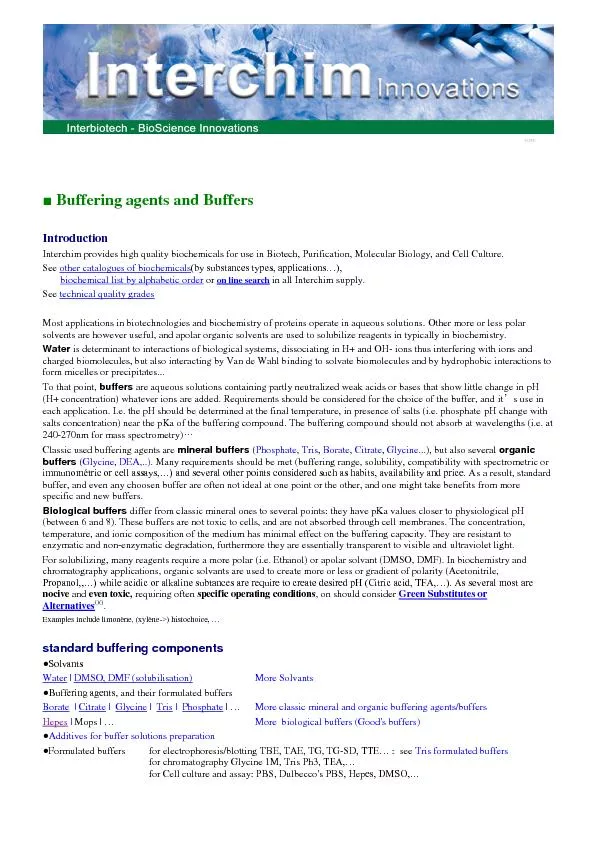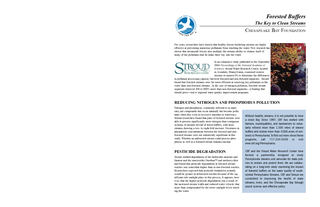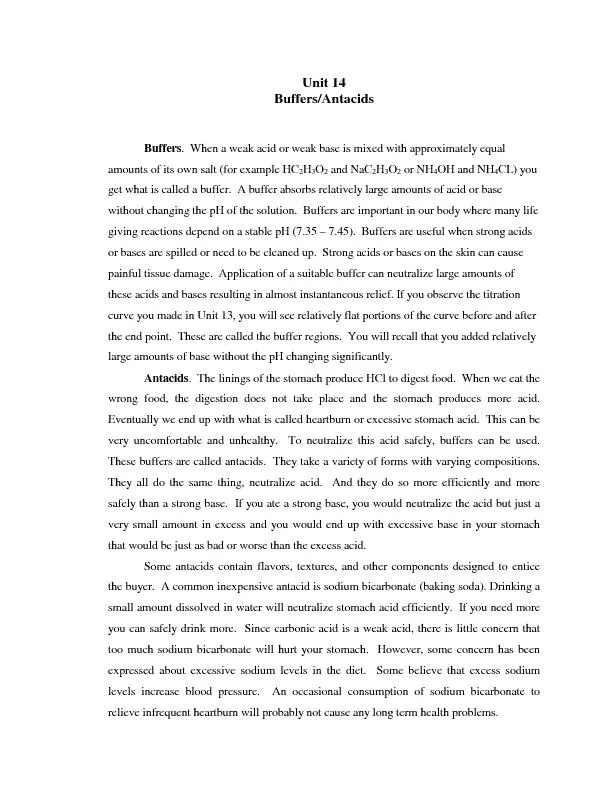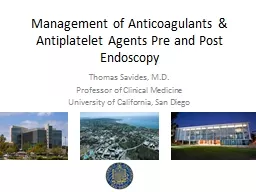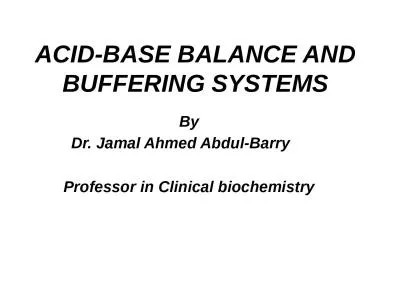PDF-Buffering agents and Buffers
Author : lindy-dunigan | Published Date : 2016-10-22
P09E x25A0 Introduction Interchim provides high quality biochemicals for use in Biotech Purification Molecular Biology and Cell Culture See other catalogues of bioc hemicals by
Presentation Embed Code
Download Presentation
Download Presentation The PPT/PDF document "Buffering agents and Buffers" is the property of its rightful owner. Permission is granted to download and print the materials on this website for personal, non-commercial use only, and to display it on your personal computer provided you do not modify the materials and that you retain all copyright notices contained in the materials. By downloading content from our website, you accept the terms of this agreement.
Buffering agents and Buffers: Transcript
Download Rules Of Document
"Buffering agents and Buffers"The content belongs to its owner. You may download and print it for personal use, without modification, and keep all copyright notices. By downloading, you agree to these terms.
Related Documents

